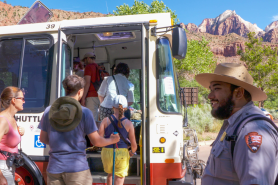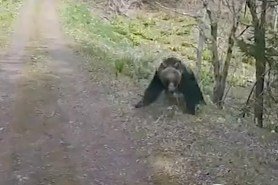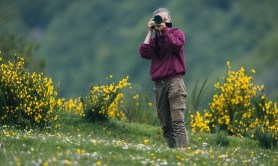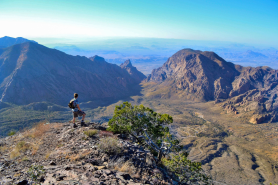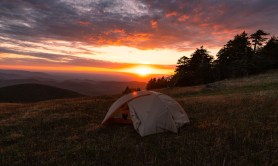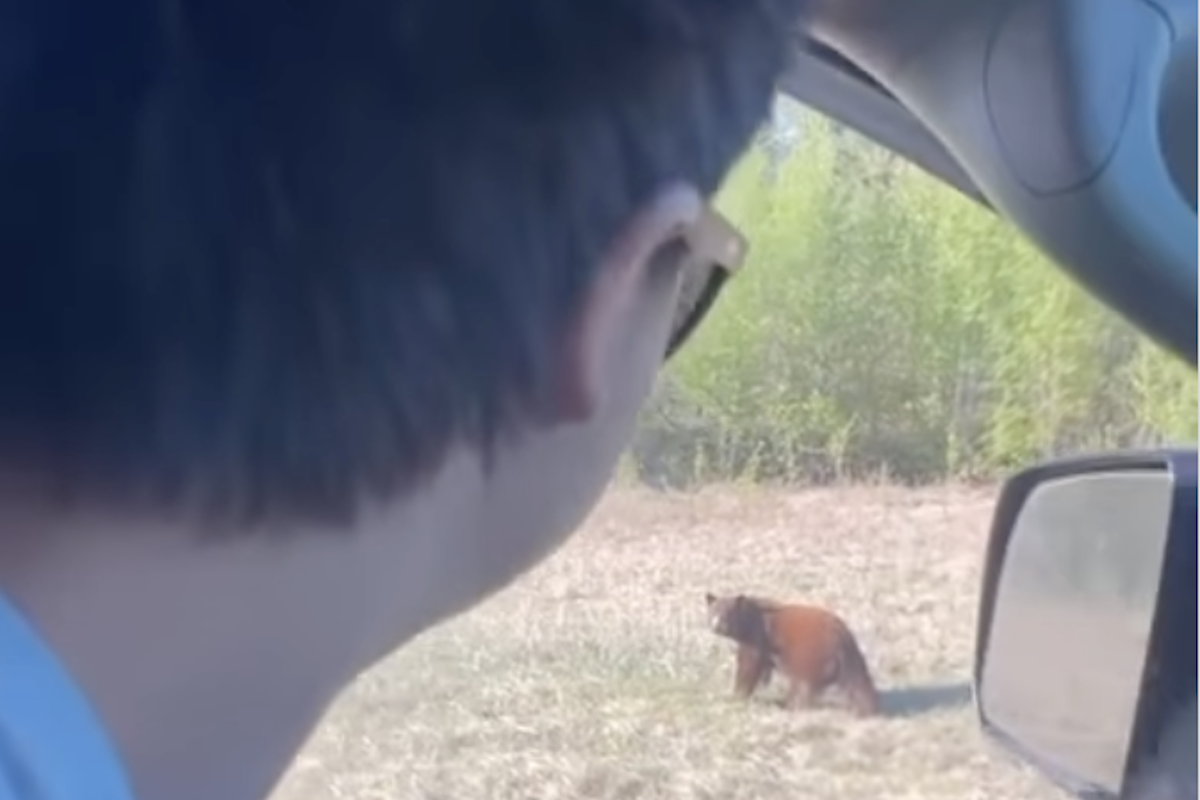

At Yellowstone National Park this week, a video surfaced of a man jumping out of his car, ripping off his shirt, and chasing after a black bear, which ran off into the woods. And a short time later, he did it again in another video.
Videos by Outdoors with Bear Grylls
Days before that, during Memorial Day weekend, a woman put a newborn elk into her car and brought it to a police station. Once outside of the vehicle, the calf ran away into the woods.
About a week before that, a Hawaii man pulled a newborn bison out of a river in an attempt to help it, but because of the human interaction, the animal was rejected by its mother and herd and had to be euthanized.
With so much irresponsible and illegal behavior toward wildlife, prompting investigations and a slew of public service announcements, it raises the question: Are more people approaching animals at Yellowstone?
The good news is that newsworthy incidents like the ones mentioned above are rare.
“The recent wildlife violations . . . are uncommon and severe,” said Linda Veress, a Yellowstone public information specialist, in an email to Outdoors.com. “They also, unfortunately, happened in rapid succession.”
Veress added that the last known incident of a person handling a newborn bison happened in 2016. The tourist reportedly put it in their car because they thought it looked cold.
The bad news is that “everyday visitors to Yellowstone National Park get inappropriately close to wildlife,” Veress said and added that they “happen more often than is reported.”
There’s actually no shortage of evidence of it happening, too. Social media channels like Tourons of Yellowstone aggregate videos of people approaching wildlife, often for selfies or just to touch the animal, almost daily.
How often those same individuals face charges for engaging wildlife is unclear. Veress said that information wasn’t readily available. However, a 2019 report did show that bison gored 25 people in Yellowstone between 2000 and 2015.
While those who approach wildlife might be doing it for attention or a deeper connection to nature, researchers say those same people don’t often recognize the risk involved.
According to a 2017 article by the website Inverse, experts say that people don’t instinctively understand which animals are dangerous and which ones are not. Research shows that if people aren’t prepped as children to identify dangerous animals, they might not be afraid of them.
The silver lining, as Veress points out, is that millions of people visiting Yellowstone each year follow the rules by keeping an appropriate distance from wildlife. And that distance, according to park rules, is 25 yards from animals like bison, elk, and moose, and 100 yards away from bears and wolves.
Veress asked that if you plan to visit Yellowstone, you take the Yellowstone Pledge to “act responsibly and safely, and set a good example for others.”
And she added: “If you see someone, in person or online, whose behavior might hurt them, others, or the park, tell a ranger. If you’re in the park, dial 911.”


